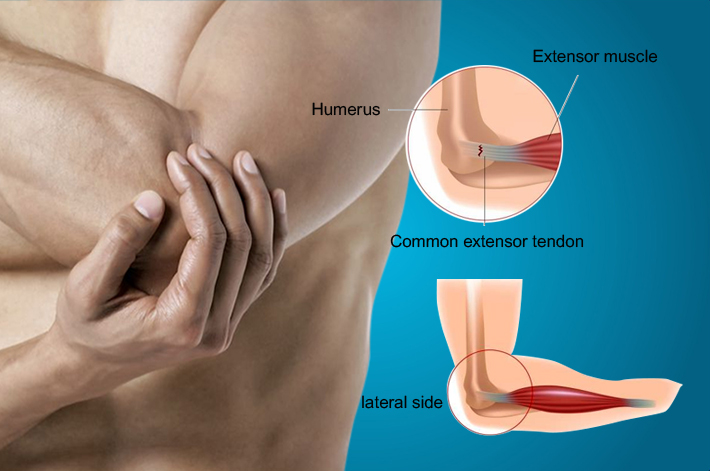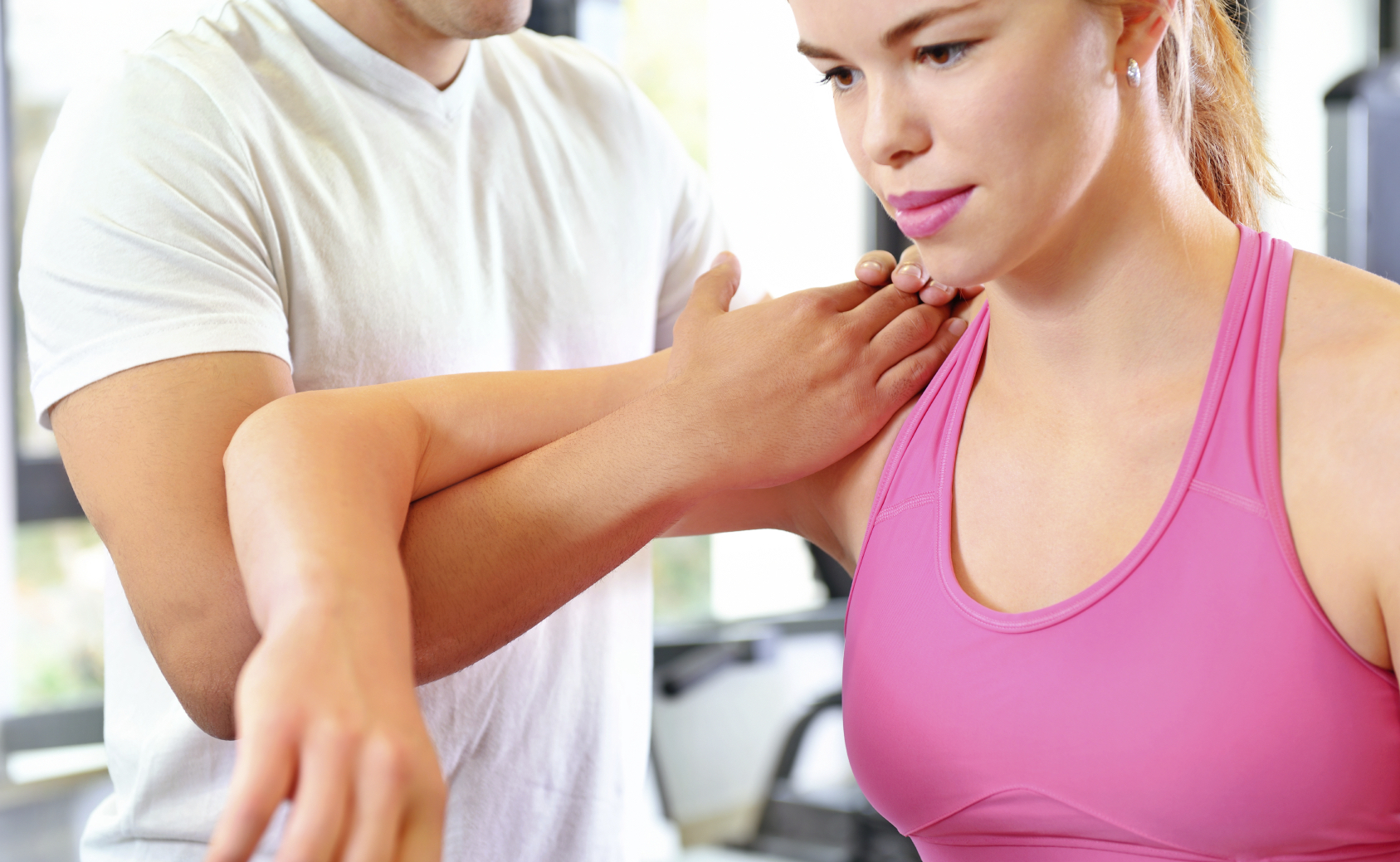They are Tendon injuries, known as ‘Tendinopathies’
All of the above injuries involve tendons (join muscles to the bone)and bursars(the pillow of fluid protecting the tendon from the bone). It is very hard to have an issue with one and not the other. We call these sorts of injuries tendinopathy, which is means disorder of the tendon, we don’t use tendonitis as much as that refers to inflammation of the tendon…which is not entirely true.
One of the reason’s they are such an issues is the lack of blood flow to tendons compared wit the muscles, which then takes them longer to heal….so they hang around and cause a lot of pain unless treated correctly.
What are the stages of your tendinopathy?
There are five stages of tendinopathy.
The First stage is normal tendon.
To increase tendon strength, it is important to increase loading in a controlled and graduated manner. It is possible to have a pain-free tendon which is under-loaded and more sensitive to change at this stage and for it to have asymptomatic degeneration and tears present, both which increase with age.
The Second stage is normal overloaded tendon.
Normal tendon overload occurs with an increase in training length, repetition, weight or intensity. This is a normal phase of training, where an MRI shows increased water volume in the tendon. If the load here is graduated and controlled the tendon and muscle will then increase in strength evenly. If the load exceeds physiological capabilities of the tendon we move to next stage.
The Third stage is reactive tendinopathy (acute phase-Getting Sore!)
The tendon is now reacting to being overloading more than it was physiologically ready for eg. Running a 10 km fun run, when the furthest you have run is 3km before the race, could be Achilles tendon, patellar tendon, gluteus medius tendon which could get sore.
Or a Hairdresser increasing their hours, reducing their breaks and not having the chair at the right for haircuts, so their rotater cuff tendons are overloaded and the subacromial bursar get inflamed and sore. Also they could suffer from tennis elbow if they have not had their wrist in the correct position and caused aggravation of the forearm tendons.
The following pathological processes will have started in the tendon:
- Increase in pain chemicals present(substance P and cytokines)
- Increase in neovascularity, sprouting of new blood vessels around the injured area
- Increase in tenocytes, the tendon building blocks
- Increase in constant and intermittent pain (constant/night pain would indicate bursar involvement in pain)
- Increase in swelling in tendon
Dysfunction of the tendon due to pain and swelling may then reduce the tendon’s ability to restrict movement of the bone it is joined to. This dysfunction may cause aggravation of the surrounding tissues, eg. bursars (‘pillow’ type structure, which protects tendon from bone). For example in the shoulder if the rotator cuff tendons are not functioning correctly the surrounding subacromial space, including subacromial bursar, coracoacromial ligament and acromium will be affected and may become swollen or inflamed.
Without REST and appropriate strengthening the tendon will move to the next stage tendon disrepair.
The Fourth stage is tendon disrepair (subacute to chronic phase-Been around for ages!)
Here the tendon has similar symptoms to a reactive tendonopathy:
- Substantial areas of swelling
- Tendon degeneration
- Hypoechoic areas on imaging-darker areas on US, which means the tendon is degenerated, mottled in appearance, disorganized of the fibres.
- Increase in ground substance- building blocks of tendon
- Separation of collagen fibres, fibres of the tendon loosing its form and becoming weaker, not repairing correctly.
Now the tendon healing has become disorganized and instead of forming nice lines of tendon, in line of resistance. The tendon shows a cross-hatched appearance. This cross-hatched organization is much weaker and more likely to tear(final stage-degenerated tendon) or continue to degrade, unless the tendon is rested and strengthened appropriately.
The Fifth Final stage is degenerated tendon(chronic phase-TEAR!)
Due to the degeneration of the tendon and the dysfunctional healing the tendon is now weak and maybe prone to failure, whether it be a partial or full thickness tear of the tendon. And then changes to biomechanics, muscle use and bone pressures.
Tendons like weight! Therefore training the tendon to encourage tendon remodelling and repair in the correct direction will ensure tendon integrity and reduce likely hood of re-aggravation of tendon.
REST and seeing your Physiotherapist for correct progression of exercise weight, intensity and difficulty is the best way to recover from a tendon injury.
Benefit Corporate Health aim to be Adelaide’s leader in occupation specific injury prevention seminars, corporate pilates and yoga, ergonomics and manual handling workshops. Contact us for more information
Comments (0)
Leave a reply
You must be logged in to post a comment.






